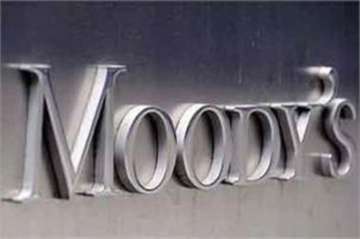To allow bankruptcy proceedings against non-banking financial companies (NBFCs) is positive for banks as its paves the way for orderly resolution of stressed shadow banks, says a report. The government recently empowered RBI to refer stressed NBFCs and HFCs with assets worth of at least Rs 500 crore to insolvency courts after notifying Section 227 of the Insolvency and Bankruptcy Code. Prior to this, the only resolution framework available for stressed NBFCs was liquidation and with this DHFL is set to become the first HFC to go to a bankruptcy court.
"Inclusion of NBFCs into the bankruptcy code is credit positive for banks (NBFCs' biggest source of funds) because IBC provides for the orderly resolution of a stressed NBFC company," rating agency Moody's said in a report on Monday.
Section 227 of IBC empowers the government to notify, in consultation with financial sector regulators, for insolvency and liquidation proceedings. The section specifies that on the Reserve Bank can initiate the bankruptcy process for an NBFC/HFC.
On November 20, the Reserve Bank superseded the DHFL board and appointed an administrator and said it would begin bankruptcy process for the crippled company that owes close to Rs 90,000 to the system.
The agency said RBI's close involvement in the process indicates the NBFC sector's importance to overall financial stability, including the direct effect of any systemically important NBFC's failure on banks and other credit providers.
"We expect the RBI to selectively approach the IBC to resolve NBFCs with severe liquidity or solvency issues, or to resolve companies whose weak corporate governance is deterring potential buyers," it said.
It also expects banks and the RBI to utilize other debt restructuring options before approaching the IBC.
ALSO READ | Moody's assigns Baa1 rating to ONGC's proposed senior unsecured notes
ALSO READ | Moody's cuts India's GDP growth forecast to 5.6 per cent for 2019
Latest Business News
